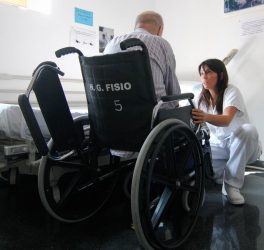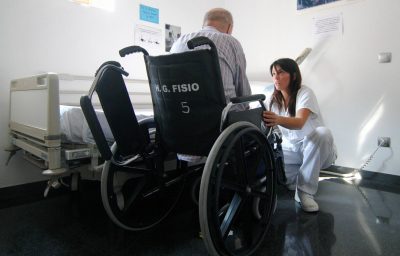
An international committee of multiple sclerosis (MS) experts has clarified their previously published descriptors of the different courses of MS and disease activity. MS subtypes are consensus definitions rather than pathologically defined phenotypes, and are easily misconstrued.
The review, recently published in the journal Neurology, was prompted in part by differences in specified indications for MS therapies recently approved by the U.S. Food and Drug Administration (FDA) and European Medicines Agency (EMA). The goal of the review is to improve care and access to treatments, and to refine the selection of clinical trial participants so that trial outcomes can be better applied to clinical care.
“With this review, we’re encouraging the healthcare and regulatory community to use the terms as described for the different subtypes of MS and for describing disease activity,” noted Dr. Lublin. “It’s critical not just for improving patient care, but also for selecting participants for clinical trials, so you are comparing apples to apples.” Dr. Lublin was senior author of two previous papers defining MS subtypes that were published in 1996 and 2013 under the auspices of the committee.
The 2013 course descriptors paper and current diagnostic criteria for MS define four subtypes: clinically isolated syndrome (single episode not meeting diagnostic criteria for MS), relapsing remitting MS, secondary progressive MS, and primary progressive MS. The paper recommended adding modifying terms to the subtypes to describe an individual’s current disease state, such as “active” (shown by relapse or changes on MRI) and “progression” (shown by worsening of disability independent of relapse activity). Importantly, these subtypes must be framed in time. While the time period was not specified, it was recommended that an assessment be performed at least annually.








